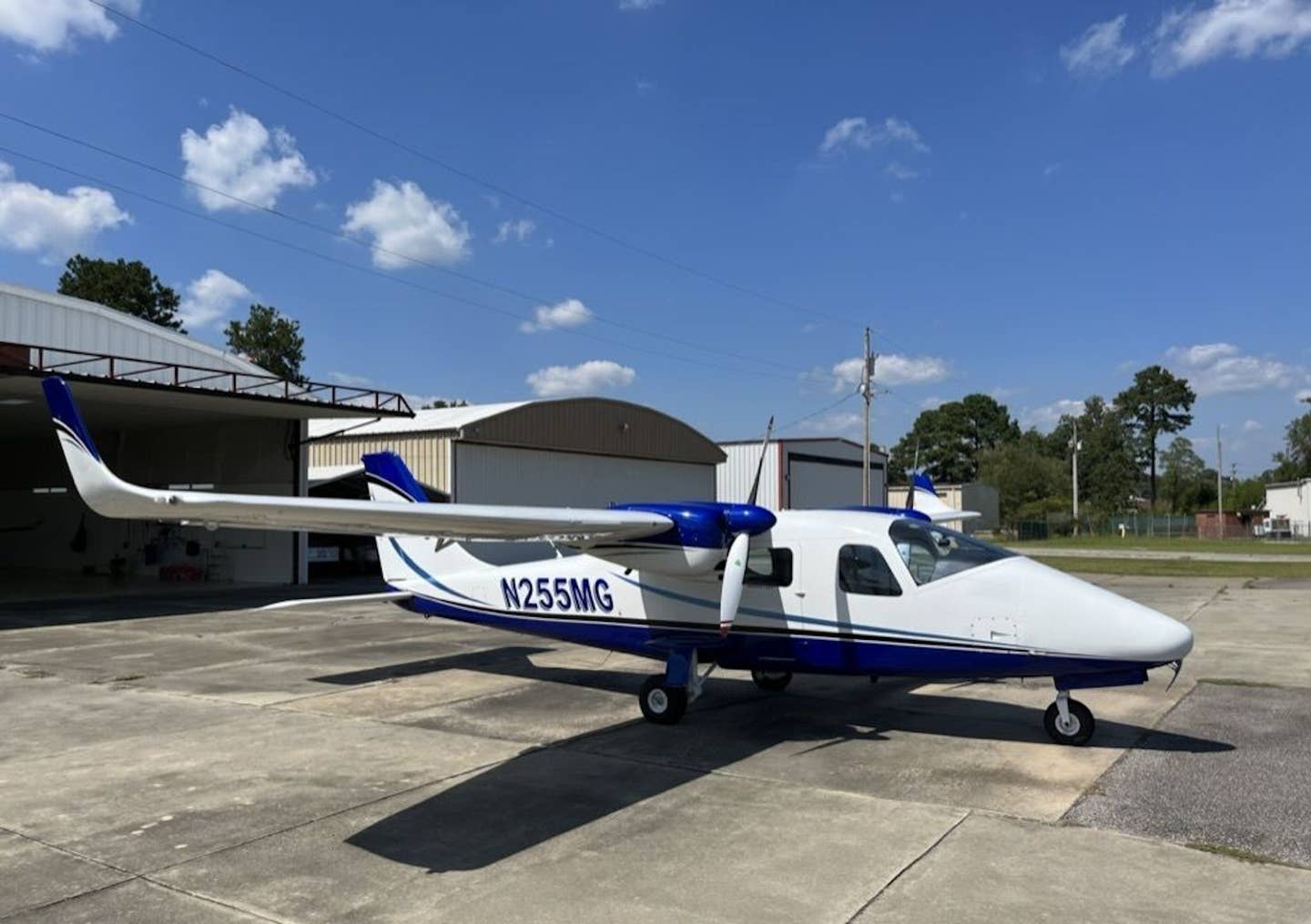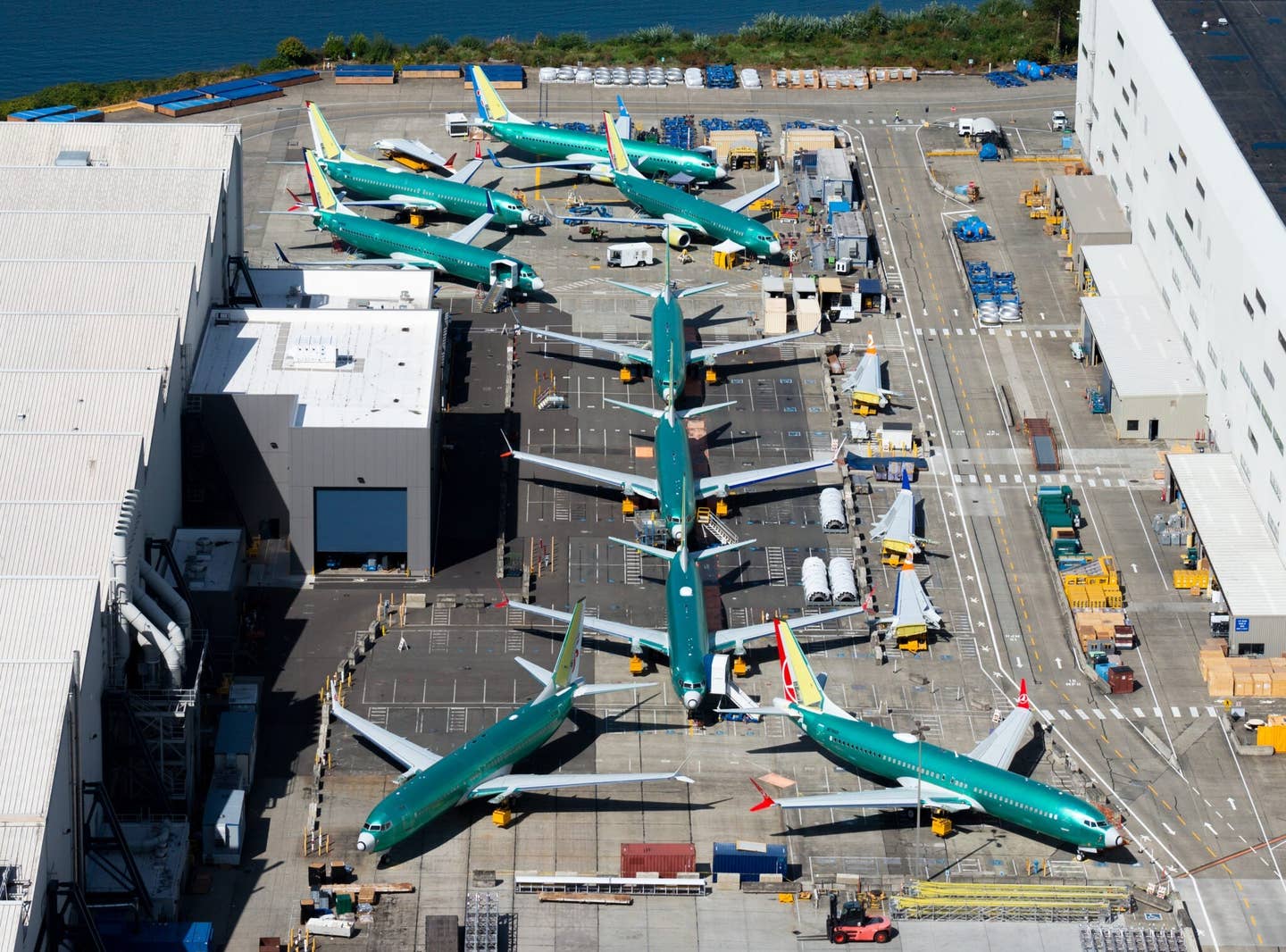Unannounced Landings and the Need for Bail Money
It’s not that I didn’t have permission to land at the private grass strip. It’s that the person who granted me permission to land there wasn’t technically the owner.

While marked private on the chart, an idyllic grass strip proved to be friendly and welcoming in person. [Courtesy: Jason McDowell]
Bail money isn’t something that I typically include on my before-landing checklist. Of all the variables with which one might have to contend upon landing at a new airport, incarceration generally isn’t one of them.
But on a late-afternoon flight through the Wisconsin countryside last week, it did cross my mind.
It’s not that I didn’t have permission to land at the private grass strip. It’s that Shane, the person who granted me permission to land there, wasn’t technically the owner. And while I was somewhat confident his permission was sufficient, I knew it probably wouldn’t hold up in court.
I first met Shane at a fundraising event hosted by the Wisconsin Aviation Hall of Fame, a nonprofit dedicated to collecting and preserving the state’s aviation history. They were unveiling a new collection of 34,000 historic photographs being put on public display. These never-before-seen images are a true treasure trove, and I’ll be featuring some of the more notable finds in future installments of History’s Unique Aircraft.
Shane and I started chatting, and I learned that he is the president of the local Experimental Aircraft Association (EAA) chapter. We began discussing some of the lesser-known private airfields in the area. I mentioned how I’d always wanted to fly into one particularly nice-looking one east of Madison called Der Schwarzwald Airport (5WI3) but hadn’t yet reached out to the owner to ask for permission.
Turning to face me directly, Shane then bowed his head and ceremoniously touched the edge of his hand to each of my shoulders, one after the other. “I hereby anoint you an officially approved visitor to Der Schwarzwald,” he said. As it turned out, he was friends with one of the owners of the airfield, and I was now welcome to drop in anytime.
I thanked him and repeated the ritual for him, granting permission to visit my private home airfield anytime. With the formalities, such as they were, out of the way, we continued our chat about exploring the area and enjoyed the rest of the event before parting ways and heading home.
A few weeks later, on a picture-perfect Sunday with ample sun and not even the slightest puff of wind, I decided to go check out Der Schwarzwald for the first time. It occurred to me that I could, out of an abundance of caution, give Steve a call to confirm I still had permission to do so. It also occurred to me that I could look up the registered owner of the airfield on airnav.com and check in with them, as well.
But it was a beautiful afternoon, and I didn’t want to spend it on the phone.
Before long, I was trundling over to the airfield, throttled back to around 90 mph with the windows open and enjoying one of the last looks at Wisconsin’s lush greenery. In only a matter of weeks, the crops would be cut down, and the carpet of emerald foliage would explode into fiery autumn colors.
No matter how pleasant the weather might always be in places like San Diego, the ever-present anticipation of the changing environment and emerging seasons around the Great Lakes might be even more enviable.
As I approached the unfamiliar airfield, I got down to business. Shane said there were no unique characteristics or hazards with which one should be concerned, only mentioning an incline on one end of the runway. Still, I was on high alert, watching for any radio towers as well as for any traffic. There was, after all, no published common traffic advisory frequency (CTAF) to use, and folks in those parts often flew airplanes without electrical systems, radios, or ADS-B.
I overflew the field and entered a left downwind for Runway 4, making a note of the completely limp windsock. When I was abeam my touchdown point, I spotted three individuals walking around one of the hangars at the end of the runway. An early, straight-tail 172 sat outside of the hangar.
When they stopped walking and peered upward, shielding their eyes to get a better look at me, I wondered whether Shane had passed on the news of my invite. And just like the discomfort one might sense when walking uninvited up someone’s driveway and into their backyard, I began to feel like an unwelcome intruder. With any luck, I thought, they’d be friendly, and bail money wouldn’t be necessary at all.
I reduced my throttle to just above idle, making a fairly short, constant turn from downwind to final. Thanks to the 170B’s 40-degree flap setting, it’s fairly easy to do so in a stable manner while allowing the airspeed to bleed down to the 60 mph short-field approach speed recommended by the book.
Rolling out on short final, I saw what Shane was talking about when he referred to the incline. Sure enough, the first 500 feet of Runway 4 was, from my perspective, a rather steep uphill grade. This had the effect of making the rest of the runway a plateau, and I quickly added power, readjusting my aiming point to a position beyond the crest of the hill.
With close to 3,000 feet to play with, it was no big deal at all, and the lack of wind helped me to execute a wheel landing that made it appear as though I knew what I was doing. Taxiing back to the hangar, the individuals I had spotted from the air were there waiting.
Fortunately, they were all smiles. And unarmed.
As it turned out, one of them was someone I had once met. His name was Al, and in addition to being one of the owners of the airfield, he was also the owner of an extraordinarily rare airplane, a Wing Derringer. Back in 2015, I spotted it on a flight tracking website, stalked him via the FAA database, and cold-called him to ask permission to photograph it. He happily agreed to meet for a photo shoot at the large regional airport in the area, and after using the shots for a History’s Unique Aircraft article, I sent him a few prints as thanks.
Al and his companions were just as welcoming as can be. They promptly provided me with a tour of the hangar and also of Al’s office, where one of my Derringer prints was proudly on display. His office walls were decorated in his own painted art, recollecting his time spent maintaining F-105 Thunderchiefs for the Air Force. The big windows offered a panoramic view of the runway. The place was idyllic—a little slice of heaven, peaceful, utterly silent, and smelling of freshly cut grass.
It was an enjoyable visit spent reminiscing about airplanes, friends, and events from the past. Al and the others spun tales from the airfield’s history, recalling how one of them used to keep a Mooney in one of the hangars and how they used to host formal get-togethers more frequently back then. They also provided some valuable local lore, like how the odd mechanical turbulence that results from easterly winds can create some concerning moments during takeoff for the unsuspecting pilot.
With the sun sinking ever lower on the horizon, I signaled the beginning of my departure with the standard, Upper-Midwestern, “Well, I suppose…” The residents reassured me that I was always welcome to stop by. A few minutes later, as I climbed out after takeoff, a glance downward revealed a flurry of enthusiastic, full-arm waves from alongside the runway, bidding me goodbye.
No complaints. No scolding. And certainly no bail money. It was about as good as an unannounced landing at someone’s private airfield could be.

Subscribe to Our Newsletter
Get the latest FLYING stories delivered directly to your inbox






